Hitachi is to convert 21 Class 801 electric multiple units ordered for Great Western Railway to full bi-mode operation, rather than build the straight electric multiple units (with auxiliary diesel power) that was originally intended.
The move follows delays in the Great Western Main Line electrification programme, and was announced by Rail Minister Claire Perry in a Commons Written Reply to Bath MP Ben Howlett (Conservative) on May 26.
Perry wrote: “Following the receipt of a formal proposal from Agility Trains West Ltd, the Secretary of State for Transport has now approved the conversion of the 21 Class 801 Intercity Express Programme units scheduled for deployment on the Great Western to bi-mode operation. This will enable passengers in the South West and Wales to benefit as soon as possible from brand new trains which will deliver more capacity and more comfort. The first 36 trains will be bi-mode as planned.”
- For more on this, read RAIL 802, published today (June 8).
- For more on the IEP project, read RAIL 800.

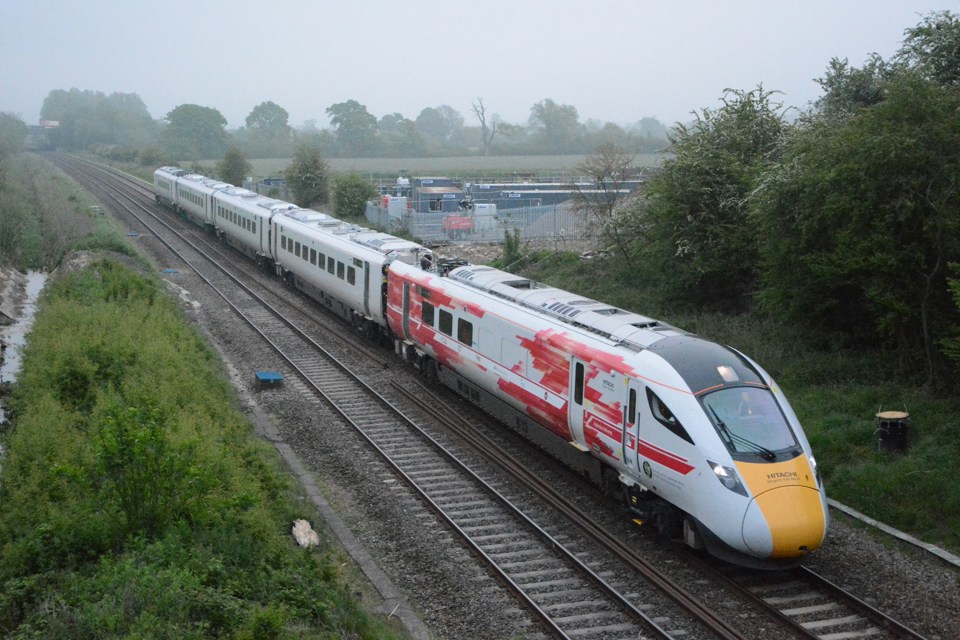
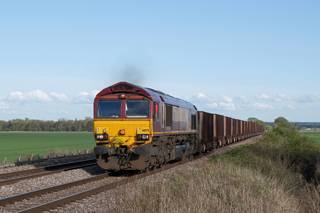
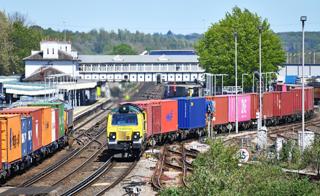
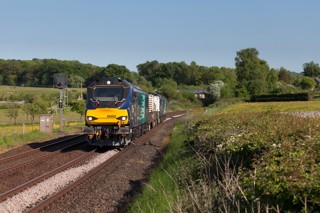
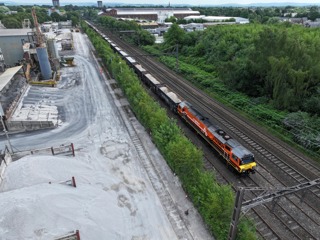










Ben H - 09/06/2016 00:09
I would still advocate introducing the bi-modes to the [already electrified] East Coast earlier than planned, in order to avoid deterioration of timetable performance (vs HSTs) on the Great Western Main Line before electrification. A compromise would be to introduce the first batch to London-Reading-Oxford-Worcester (GWR) (because London-Reading electrification would be ready) followed by a second batch for London-Leeds-Bradford/Skipton/Harrogate (East Coast). Both batches would ultimately be for GWR, and have the [higher-density?] GWR seating. This would be less inconvenient for London-Leeds than London-Scotland. A later batch for East Coast would displace the second-batch sets employed on London-Leeds, to GWR - when the wires reach Bristol Parkway (December 2018).